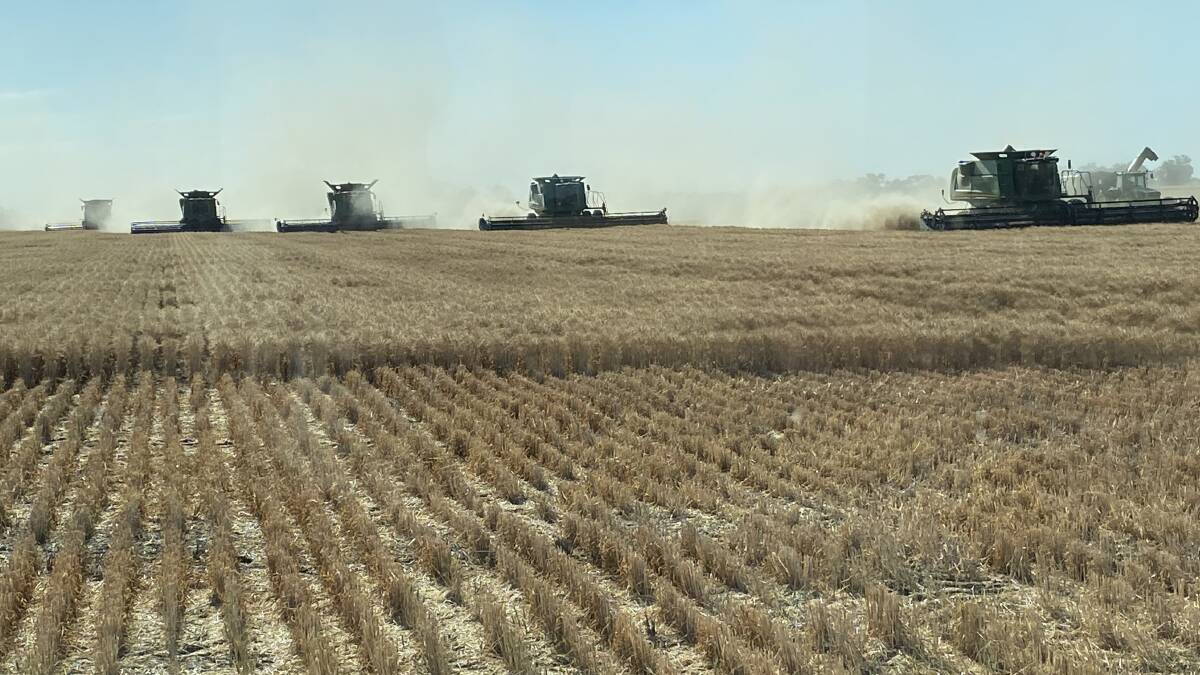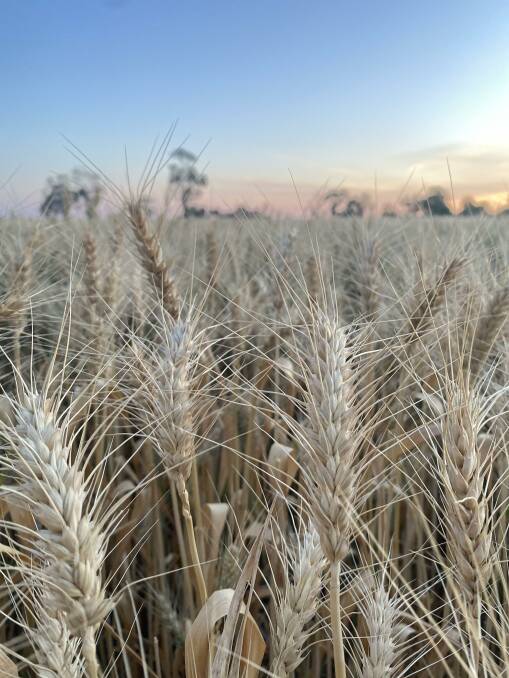Australia's grain supply chain turns back to traditional exports

Advertiser content for CHS Broadbent.
Although many will remember 2020 as the year of the pandemic, NSW grain growers will remember it as the year the drought broke, bringing the first decent crop in four years to the area.
After a great season, harvest 2020 is finally upon us with headers rolling, trucks carting and in most cases the long hours being rewarded with excellent yields.
With a big crop, comes a big supply chain job. Industry participants are firing up sites that have been running at only a portion of capacity, rekindling export relationships, getting grain to port via rail and road, and getting this predicted 30MMT+ national wheat crop into homes domestically and all around the world.
Australian wheat plays an important role in global wheat markets with approximately 10 percent of the world's 190MMT annual global wheat trade coming from Australia.
Throughout the drought it was difficult for east coast grain to compete in global markets. Domestic consumers fought hard to keep grain onshore to fill local requirements, elevating local prices.
To meet the increase in domestic demand, traditional export supply chains began running in reverse, importing wheat from Western Australia to the east coast and moving that grain inland by rail and road.
During this time, global consumers, who would usually turn to Australia for supply each year had to source grain from other origins.
Black Sea, US and Canadian suppliers (among others) filled the void and although international needs were met, Australia's high-quality grain has been missed and global consumers are once again looking for Australian grain.
This year, our grain supply chain will again turn to traditional exports. CHS Broadbent, with our partners CHS Inc, have forged deep connections over the years with many customers throughout the Asia Pacific, Italy and the Middle East.

It is these long-term relationships we are now tapping into to provide export pricing to farmers along Australia's eastern wheat belt, whether grain is stored on-farm, in our sites or at third party sites.
Our storage, handling and packing facilities combined with our fleet of trucks and rail relationships create real value and efficiencies right back to the farm gate.
We own our supply chain and have worked alongside growers and the industry for many years, implementing improvements based on feedback, cultivating relationships and finessing processes and systems to ensure working with us is hassle free.
To meet both domestic and international demand this year and ensure the prompt supply chain efficiencies we're renowned for, we've further invested in rail and port capacity to connect grain growers throughout NSW to flour millers and pasta producers around the world.
With secure and fast payment, we're supplying cash, contract and delivered prices at multiple sites and ex farm prices throughout NSW this season.
The last few years have obviously been challenging for farmers and the agricultural industry as a whole. It has however, underscored the importance of building long-term relationships and continuing to invest for the good times.
CHS Broadbent is a family business with international connections. We're proud of our family culture and believe in the importance of being present in local communities in the good times and the challenging ones.
To find our prices and how our supply chain efficiencies can add value to your business, visit our website chsbroadbent.com/contract-prices or call the team on 1800 247 276.
We're looking forward to working with NSW farmers this year and furthering our valued local and international relationships.
Advertiser content for CHS Broadbent.


